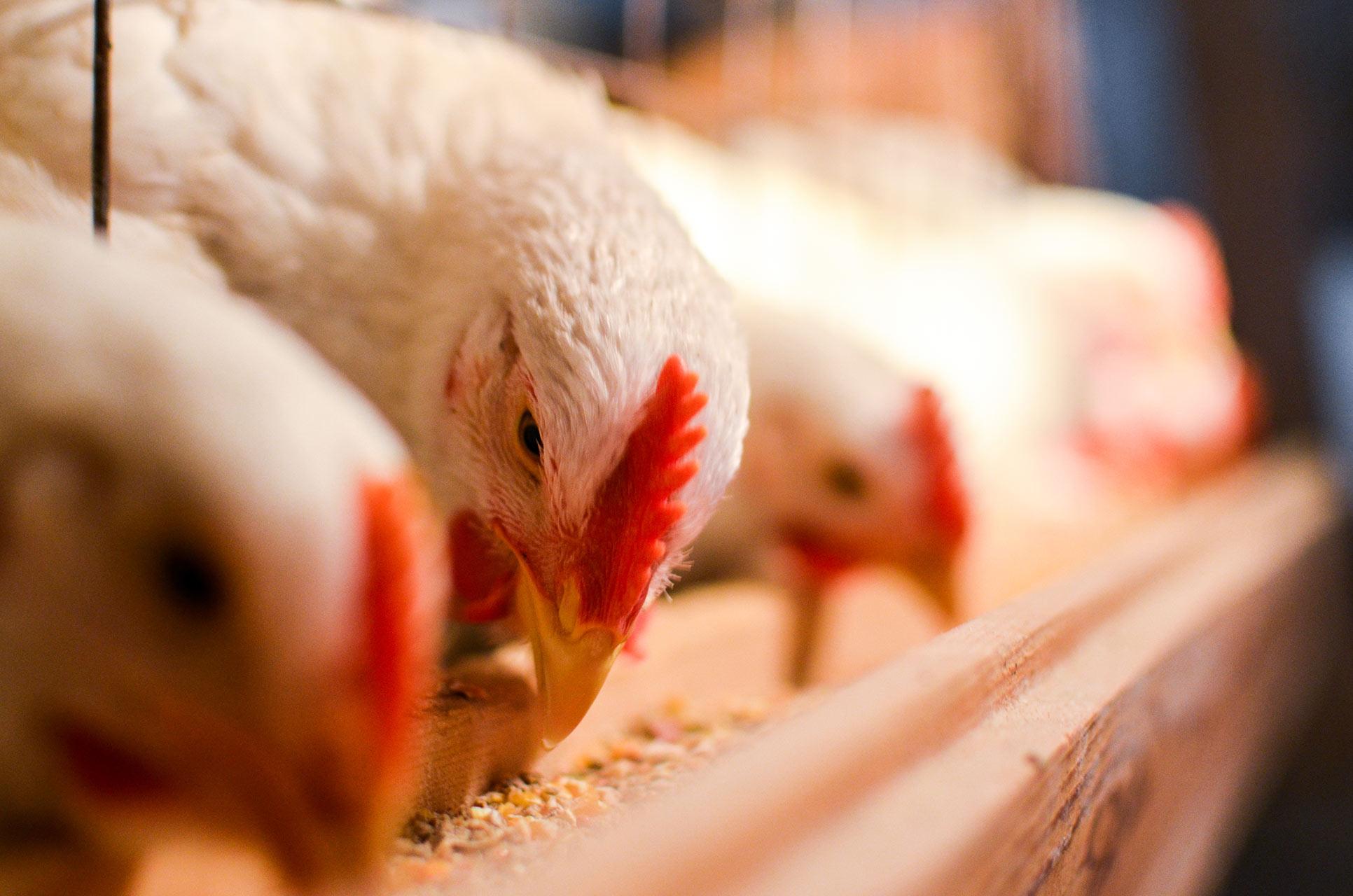Scientists at The Pirbright Institute have identified key differences in the immune response of chickens that are resistant to Marek’s disease, and those that are not.
This research could pave the way for the development of more effective vaccines against this serious disease.
In a recent paper published in Frontiers in Immunology, researchers at the Institute discovered that immune cells, known as T cells, had distinct functions depending on the susceptibility of the chickens to disease.
T cells are important cells in the adaptive immune response, this response helps to protect against invading pathogens such as viruses and bacteria. The adaptive immune system has memory cells which can protect when the body detects the pathogen again.
Researchers found that T cells in chickens resistant to Marek’s disease, produce more IL-2 and IL-4 in response to the virus than those that are susceptible to disease. IL-2 and IL-4 are chemicals, known as cytokines, released by the immune system to help it eliminate pathogens. This research shows that these cytokines play an important role in protecting poultry from Marek’s disease.
In addition to cytokine responses, researchers discovered that T cells in chickens resistant to Marek’s disease produce more granzyme B and perforin, proteins that are associated with killing infected cells. This suggests a link between production of these two proteins and resistance to Marek’s disease.
This study was also the first to report that Marek’s disease impairs the function of cytotoxic T cells in naïve chickens (those that have never been infected with Marek’s disease) regardless of their genetic resistance or susceptibility to the disease. Further research is required to explore this phenomenon as it may explain why current vaccines fail to prevent spread of Marek’s disease virus.
Dr Shahriar Behboudi, Head of the Avian Immunology group at Pirbright, said: “Understanding the different functions of T cell responses in chickens with different susceptibility to Marek’s disease may lead to the development of novel effective vaccines which may inhibit virus replication and shedding. This would be an important step in controlling this disease, protecting the health of poultry and improving food security.
This work was supported with grant funding from the Biotechnology and Biological Sciences Research Council (BBSRC), part of UK Research and Innovation.
